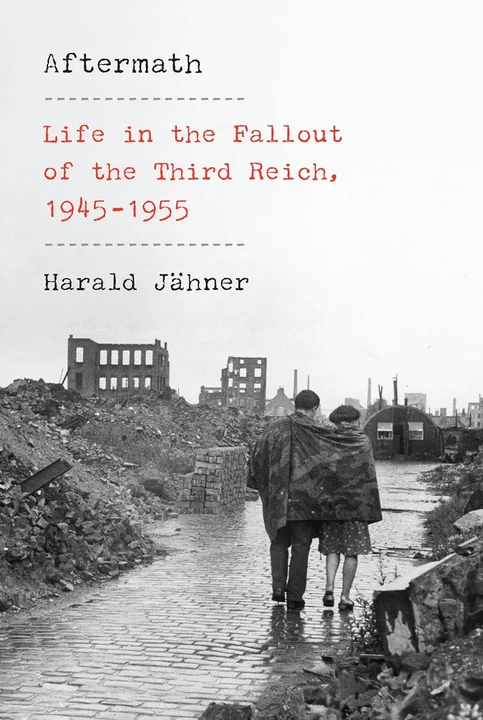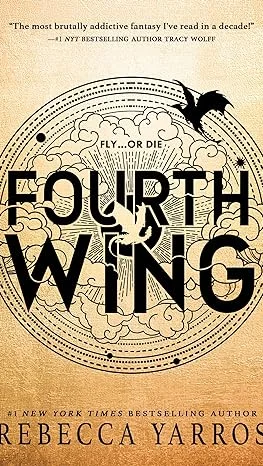
Many, many books have been written about World War II and if you are a history buff you have probably read quite a few. The horrors of modern warfare and the slaughter of innocents have been recounted many times. The heroes and the villains have been examined and the warfare tactics have been analyzed from many different perspectives. In his new book, "Aftermath: Life in the Fallout of the Third Reich, 1945-1955", Harald Jahner, a journalist and former editor of The Berlin Times, has focused on a less discussed topic. How was Germany, a fascist country on the losing end of a highly destructive war, able to not just recover but become a a thriving, liberal democracy? The practical logistics are staggering. More than half the population, roughly 40 million people, had been displaced by 1945. Ten million people were released from forced labor camps and several million prisoners of war returned to Germany where cities laid in ruins and most of the state infrastructure was destroyed--no trains, mail, bridges, no supply chains for food or other necessities, no government. Jahner examines the social, economic, political and cultural transformations that took place during this decade. In Germany, "Aftermath" was an immediate bestseller and has been lauded as the first history of the German mentality in the years following its defeat in World War II. While Jahn does not, at least for this reader, definitively answer the question of how a fascist, anti-semitic polity transforms into a liberal democracy in less than a generation he certainly catalogs many forces in the post war years that pushed the Germans and Europe in that direction. Interesting reading for those with interest in modern Europe.
 Skip to main content
Skip to main content


